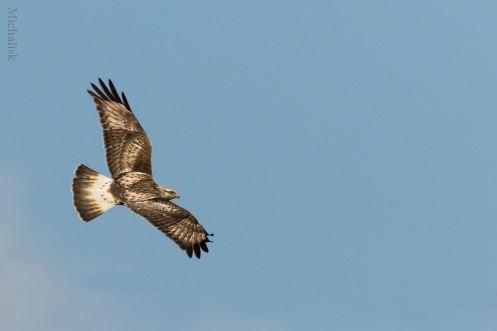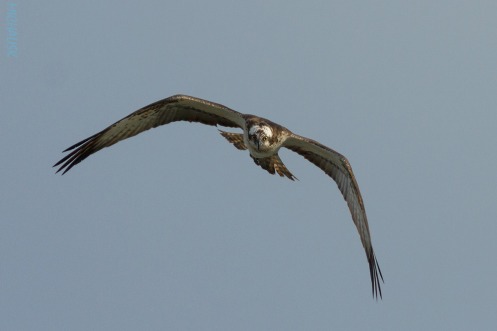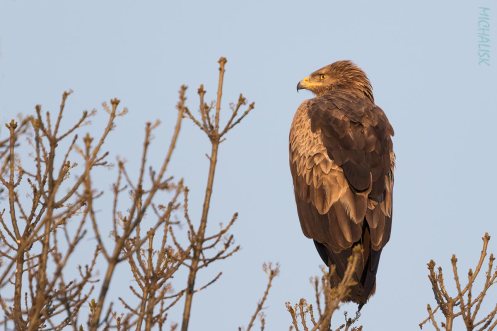Several times i made an effort to reach the altitudes where the strictly alpine species live and breed. Last Saturday was the first time i managed to reach the right place in the right time. At the high attitudes of more than 2300-2350 m i was surrounded for more than five hours by an impressive flock of Snowfinches (Montifringilla nivalis).
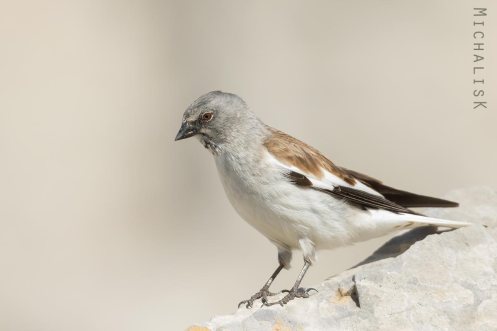
Below you can see how beautiful bird is the Snowfinch, especially when in display flight.

Alpine Accentors were also residents of these altitudes. Additionally the habitat seemed good for Wallcreeper and she probably live there although i didn’t manage to spot any.
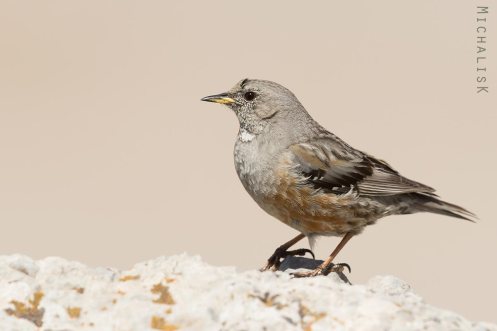
This was for sure one of my more exciting birding experience.
28/5/2016

